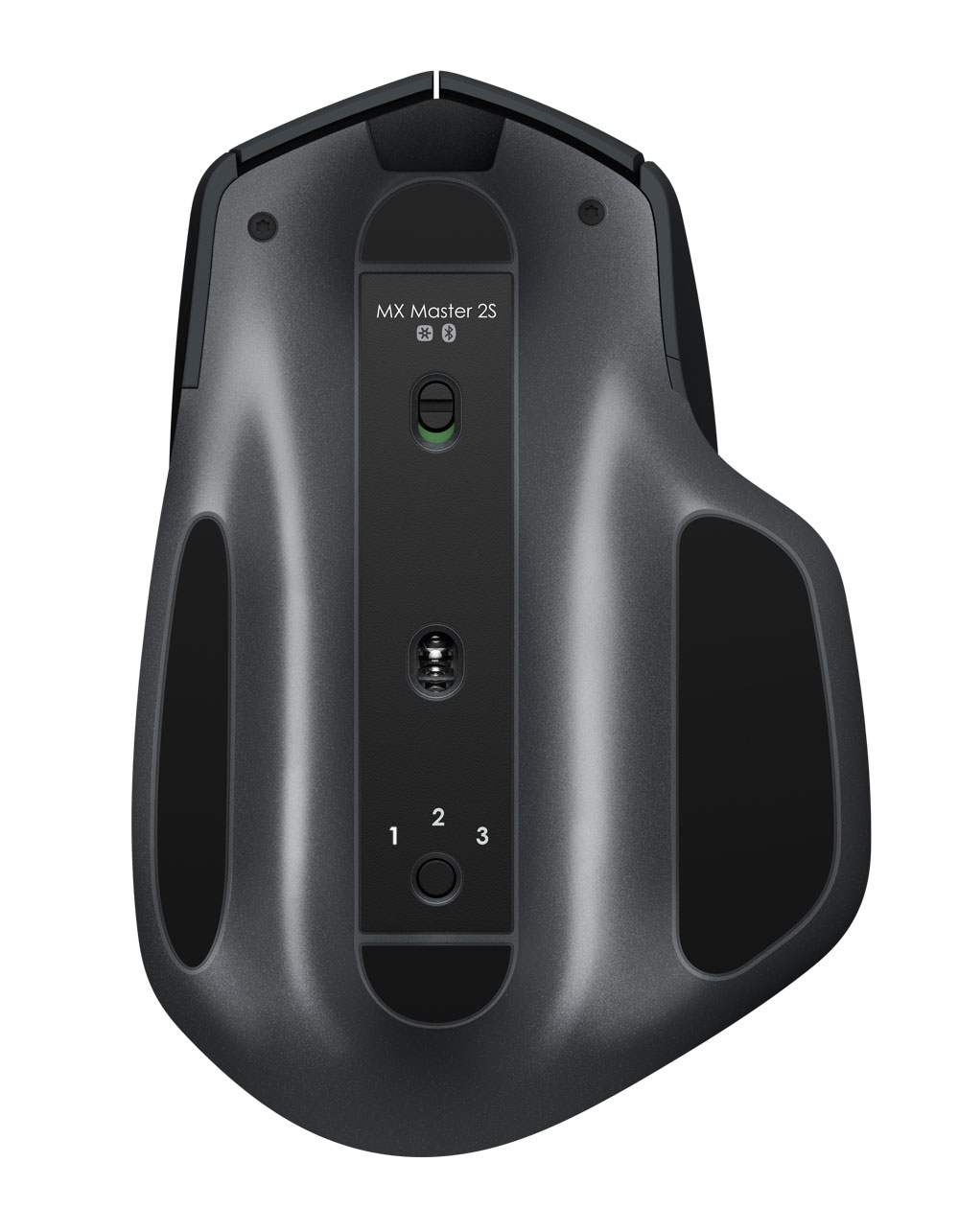

It's theoretically an incredibly useful feature if you routinely work with two or more systems. With Flow enabled in Options, you can then freely move your cursor between both systems - and you can even copy and paste files between them.
#Logitech mx master 3 advanced vs logitech mx master 2s install#
Then, you install Logitech Options on both systems. You connect the mouse to two different computers - say, a desktop and a laptop. In case you haven't used a Logitech productivity peripheral in the last two years or so, here's how it works: The biggest difference between the MX Master and the MX Master 2S is that the latter supports Logitech's novel Flow functionality. (This doubles as a pairing button.) I'm of two minds about the placement of this button, because it makes it a little inconvenient to switch between systems on a whim - but on the other hand, I love the MX Master 2S' button layout as is, and another button on the face might get in the way. On the underside of the mouse, you'll find the power button, along with a button that switches among three different wireless inputs.


By clicking the button down and dragging the mouse one of four ways, you can program a variety of different commands, including bringing up the Start menu or returning to the desktop. But the horizontal scroll wheel is useful, and the gesture commands are interesting. (If you want to lock the scroll wheel at one speed and reprogram the button, you can do that, too.)Īs before, I'm not a huge fan of the tiny, triangular thumb buttons, as it's easy to get the two mixed up if you're not looking. But you also have two thumb buttons, a horizontal scroll wheel (great for scrolling across web pages or design documents), a gesture-control button in the thumb rest and a toggle button for the scroll wheel's speed. You have a left click, a right click and a clickable scroll wheel, sure. Where the MX Master 2S differs from most office mice is in just how many buttons it has. Logitech MX Master 2S at Amazon for $71.95.


 0 kommentar(er)
0 kommentar(er)
